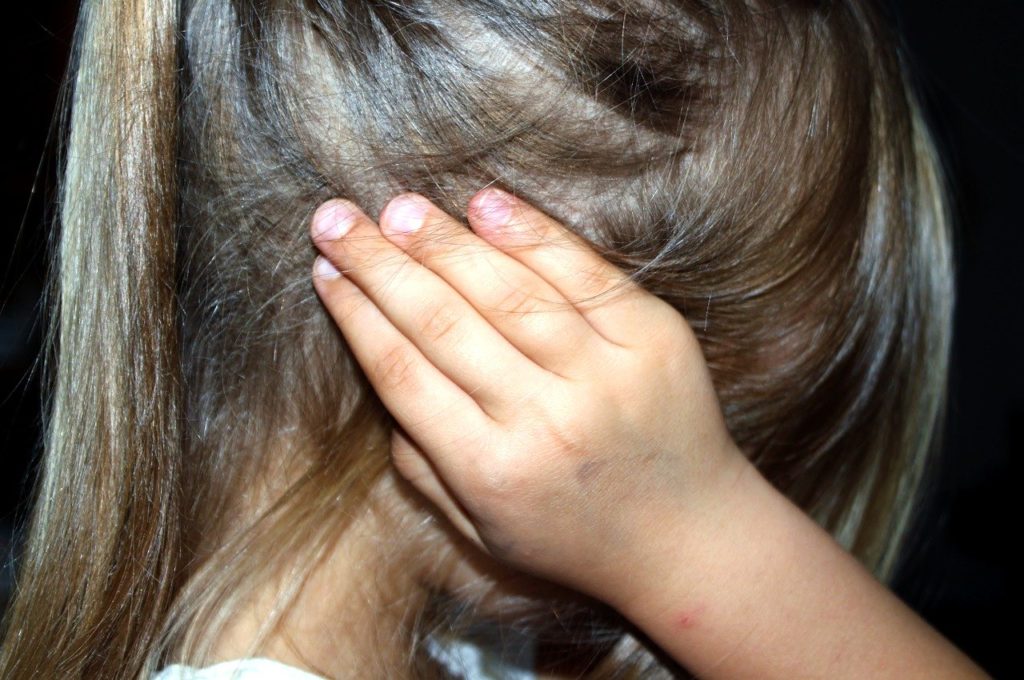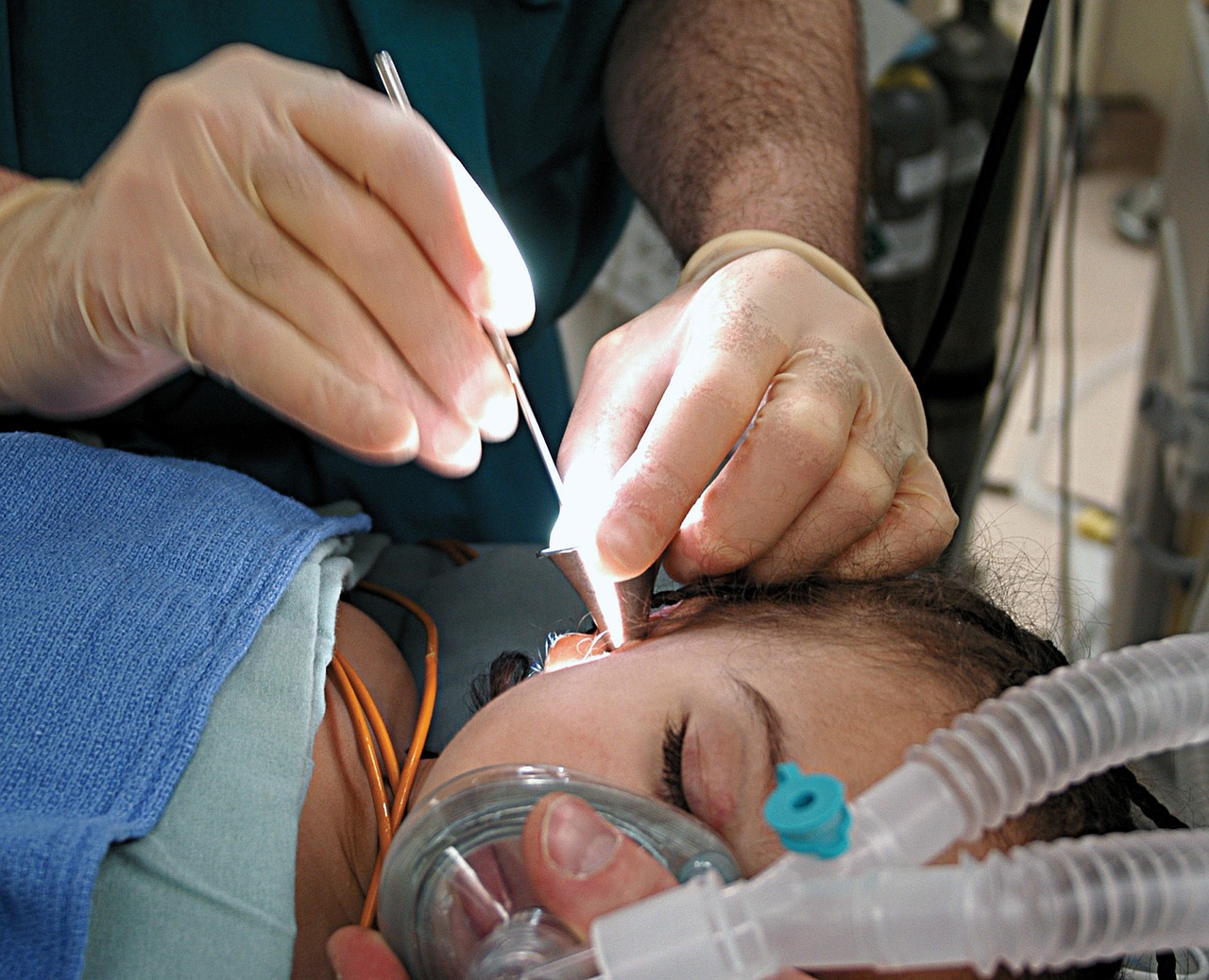When people think of head lice, they almost always assume that these parasites can only be seen on the scalp and hair. But in reality, head lice can be seen on (or in) other parts of your head, such as your ears. Yes, head lice can go in your ears. And here’s everything you need to know about it.
Head lice can go in your ears, but…
- Head lice are primarily adapted to live on your scalp. Head lice can go in your ears, but this doesn’t mean that they are adapted to live in them. Head lice are only adapted to live on your head. They stay in your hair, especially in your hair shafts. They lay their eggs near the scalp for warmth. Head lice also like the base of your neck hairline and the area behind your ears, mostly because these areas are warm and provide protection. Because they are not adapted to live in your ears, they are not likely to stay or thrive there.
- The anatomy of your ears makes them less suitable to head lice. The anatomy of human ears will also give head lice a difficult time. Head lice feed on blood multiple times a day. The ear doesn’t have enough blood supply to sustain them. Your ear canal is also dry. It lacks the moisture and warmth head lice prefer. Even if they try to thrive in your ears, the infestation will be very limited. There is very little space in and around your ears for laying and hatching nits.
- It’s rare for head lice to go in your ears. Head lice can go in your ears, giving you a variety of symptoms like irritation, redness, sores, and itching. But this is not very likely to happen because of the two points above. Head lice won’t go there because they are not equipped to thrive there. And even if they are, the anatomy of the ears will just give them a difficult time. With that said, it can still happen. And you should watch out for symptoms and learn about possible treatments.

Symptoms of head lice in your ears
- The presence of head lice and nits is the strongest symptom. Actual sightings of head lice and their eggs called nits are the strongest sign you have them in the area. Sure, such a case may be rare. But it does happen because of several reasons. Your ears are in close proximity to your head, so head lice can end up there. Some head lice also become displaced, and when they are, they may be desperate in seeking warmth. They may end up in your ears. There is also the issue of close contact. Head-to-head contact is one of the most common ways to get head lice. If you bump heads with a person with head lice, some of the parasites may crawl to your ear and move their way up to your scalp to start an infestation.
- Having a crawling and itching sensation can signify the presence of head lice. Itching is a symptom of head lice infestations even in the scalp. Of course, if you experience itching in your ear, it may also mean you have an infestation there. That’s likely the case if you also experience a crawling sensation. However, take note that itching in the ears can also be a symptom of other problems, such as ear infections and earwax buildup.
- You can experience skin irritation and develop sores. Skin irritation and redness can occur because of the head lice activities in and around your ear, especially when they are actively feeding. You can also develop sores and breaks on your skin when you are aggressively and excessively scratching your ear area. But like crawling and itching sensations, these skin conditions may be symptoms of other ear problems. It’s important to consult a medical professional for a proper evaluation.

Treatments
- Consult a medical professional. If you suspect that you have head lice in your ears, it’s important to get professional help, specifically from a dermatologist or ear specialist. Your ears are particularly sensitive, so you should prioritize getting accurate information about your problem and appropriate treatment. There is also a chance that you will experience further complications, like ear canal damage and secondary infections. Having a medical professional by your side will give you peace of mind and will prevent you from doing DIY solutions in and around your ears.
- Don’t self-medicate for your ears. There are many over-the-counter solutions for head lice. Shampoos are particularly effective, but they have side effects. Your ears are very sensitive, so if your hair and scalp are experiencing negative side effects, your ears are also not safe. Prescription medications may be required to get rid of the head lice in your ears. This highlights the importance of consulting a medical professional. If you want to use over-the-counter solutions, use them on your hair and scalp, not in your ears.
- Get rid of the head lice on your hair and scalp. Minimize the risk of having head lice in your ears by getting rid of the head lice on your hair and scalp. There are many over-the-counter medications for this. They usually have ingredients like pyrethrin and permethrin. Use them as instructed in the packaging. Usually, you will need follow-up treatments to completely get rid of head lice. If you want to go the natural route, you can try vinegar, but it is not as effective.
Final thoughts
Head lice are not likely to go to your ears because they are not suited for that kind of environment. But there are rare cases where head lice do go there. In these cases, you should not self-medicate. Your ears are very sensitive, so you want to get a medical professional involved.
The medical professional will be able to accurately diagnose your problem, prescribe an adequate solution for your specific case, and guide you all the way. They can also help in getting rid of the head lice on your hair and scalp, which are the very cause of the head lice in your ears.

